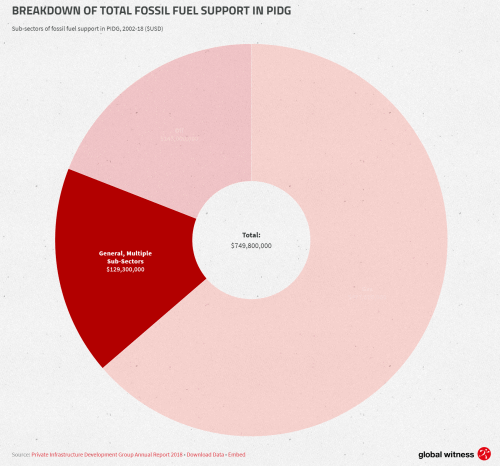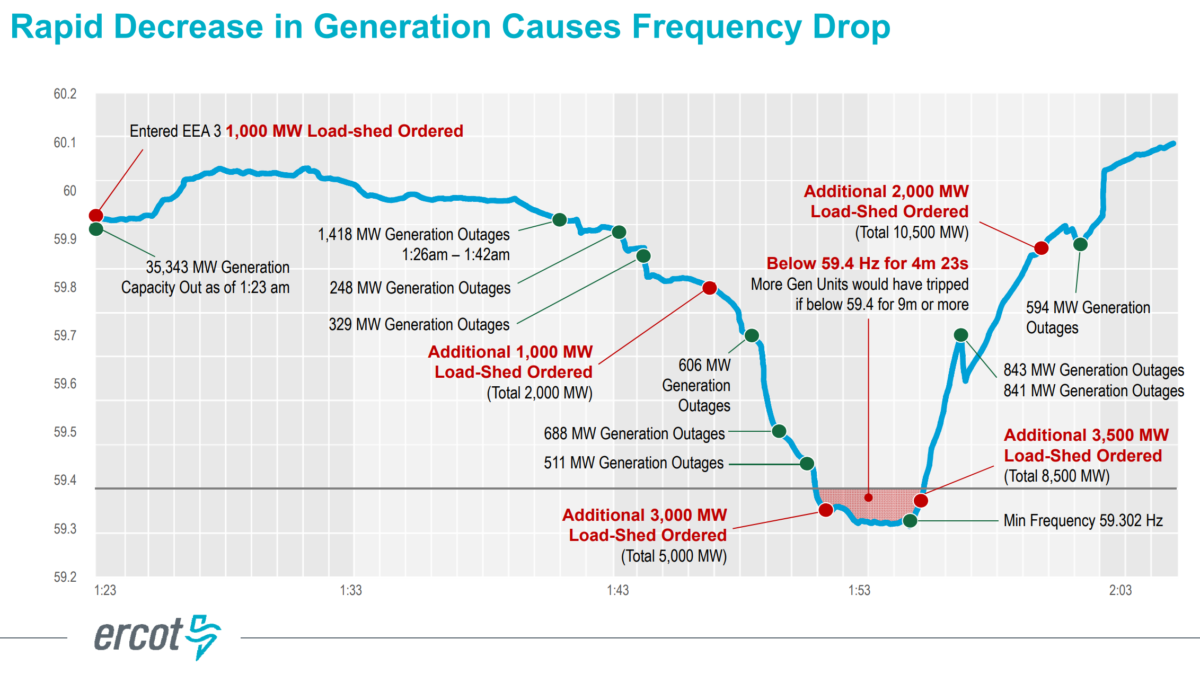Anti-vaccine rhetoric in U.S. caused elevated Republican mortality from COVID – “Overall, the excess death rate for Republicans was 76 percent higher than the excess death rate for Democrats”
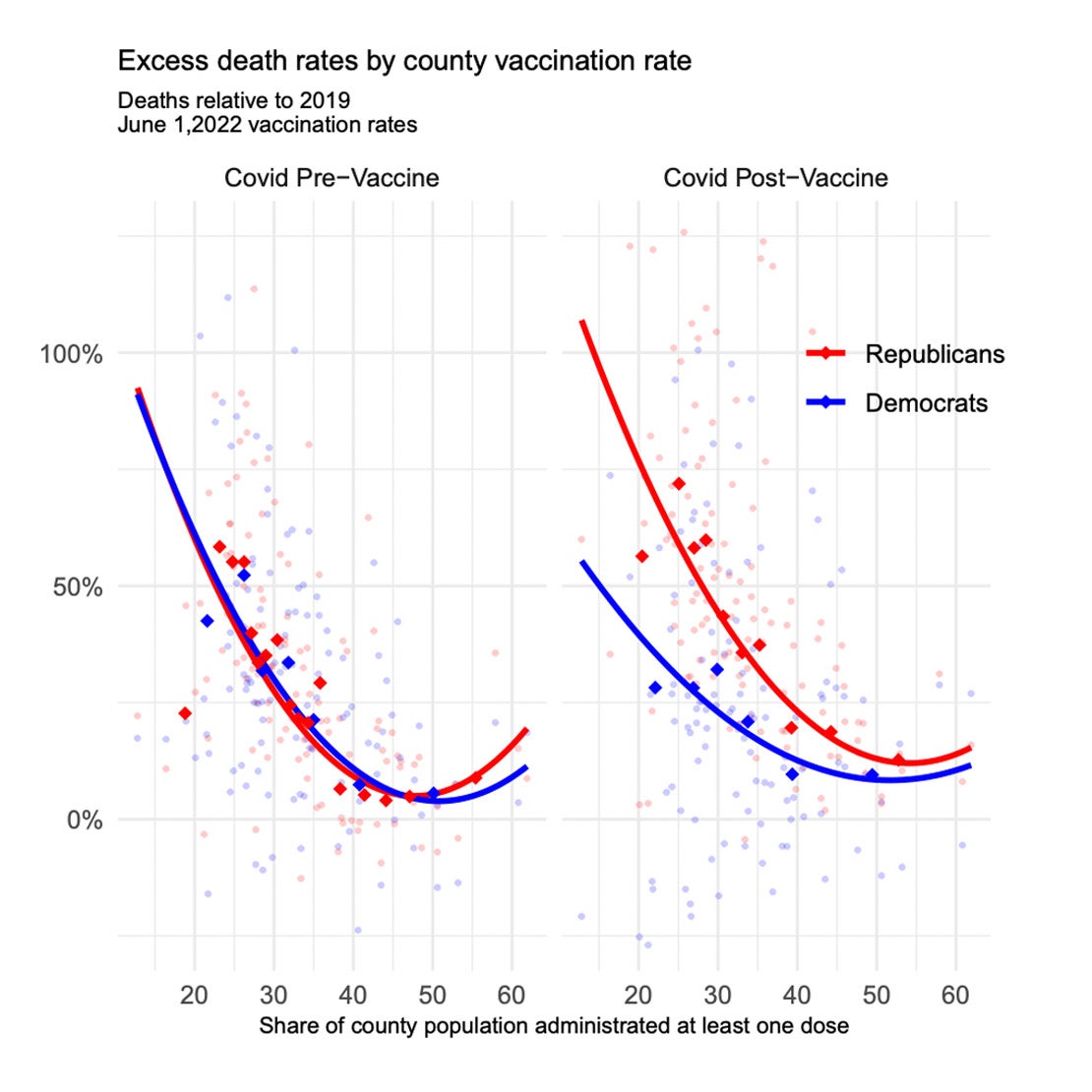
By Donald Moynihan
7 October 2022
(Slate) – For at least a year now, there has been strong but largely circumstantial evidence that right-wing anti-vaccine rhetoric was having deadly consequences in the United States.
Despite early wide-scale access to COVID-19 vaccines, the U.S. has outstripped its peer countries when it comes to the all-important measure of mortality known as “excess deaths.” Meanwhile, U.S. life expectancy has continued to drop dramatically due to the coronavirus even as longevity measures have begun rebounding elsewhere.
One seemingly obvious explanation for this grim piece of American exceptionalism is that Republicans, egged on by right-wing political and media elites, have been avoiding simple public health measures to protect themselves like getting vaccinated, and dying at elevated rates as a result.
This problem wasn’t exactly hard to pick up on just by paying attention to social media or reading the news. But the story appeared to be borne out by more careful data analyses, too. Some of the key clues:
- When it comes to the public’s beliefs about the pandemic, such as whether there should be more or fewer COVID restrictions, the gap between left- and right-leaning voters has been much higher in the U.S. than elsewhere.
- COVID cases and deaths are higher in more Republican counties.
- Republicans are more likely to believe misinformation about vaccines.
- Republicans are substantially less likely to get vaccinated.
- Researchers have found that exposure to conservative media, particularly Fox News, made people more vaccine hesitant.
This body of evidence had some limitations, though. For instance, the fact that red counties tended to have higher death rates than blue ones might not mean that conservatives were more likely to die from COVID if lots of Democrats who happened to live in right-wing parts of the country were perishing too. Or, if more Republicans were dying, it might also be because they were different from Democrats in ways that affect COVID outcomes but were not directly driven by ideology. They might just be older, in worse health, or in a community with poorer health resources, for example.
Recently, however, a new working paper by three Yale public health and economics researchers—Jacob Wallace, Paul Goldsmith-Pinkham, and Jason Schwartz—is offering the most definitive and direct evidence I’ve seen yet confirming that Republicans have indeed been more likely to die because of COVID. The study, released by the National Bureau of Economic Research, also confirms the scale of these deaths and points to the central role vaccine hesitancy has likely played in the tragedy.
Much prior work on this topic relied either on surveys of beliefs or evidence about vaccination rates and deaths at the county level. The new paper, in contrast, uses information from voter registration files in Florida and Ohio to connect individual-level data on the political affiliation and age of people who died during the coronavirus crisis. Using this information, it calculates and compares excess death rates of Republicans and Democrats in 2020 and 2021—meaning it looks at how many more people in each party died during the pandemic above what you would ordinarily expect based on their demographics and historical trends. Because they’re using a measure that takes the age of population into account, the researchers’ results shouldn’t be affected by the fact that Republicans tend to be a little older than Democrats.
Technically, excess deaths measure how many additional people have passed away from all causes, rather than just COVID. But public health experts like to use them to track the virus’s toll because causes of death aren’t reported uniformly everywhere, and it avoids the issue of whether coronavirus fatalities are under-recorded in some places but not others. (In studies like this one, it also spares researchers the task of tracking down how each individual died, which isn’t feasible.) It’s a standard and sound approach—unless you think something else besides the global pandemic has been causing a big spike in deaths over the past couple years.
So, what did the authors discover?
“Overall, the excess death rate for Republicans was 5.4 percentage points, or 76 percent, higher than the excess death rate for Democrats.”
The figure below illustrates the key finding of the paper: It shows a spike in excess deaths around the time of the pandemic, and then a growing difference between Republicans and Democrats in the rate of excess deaths.
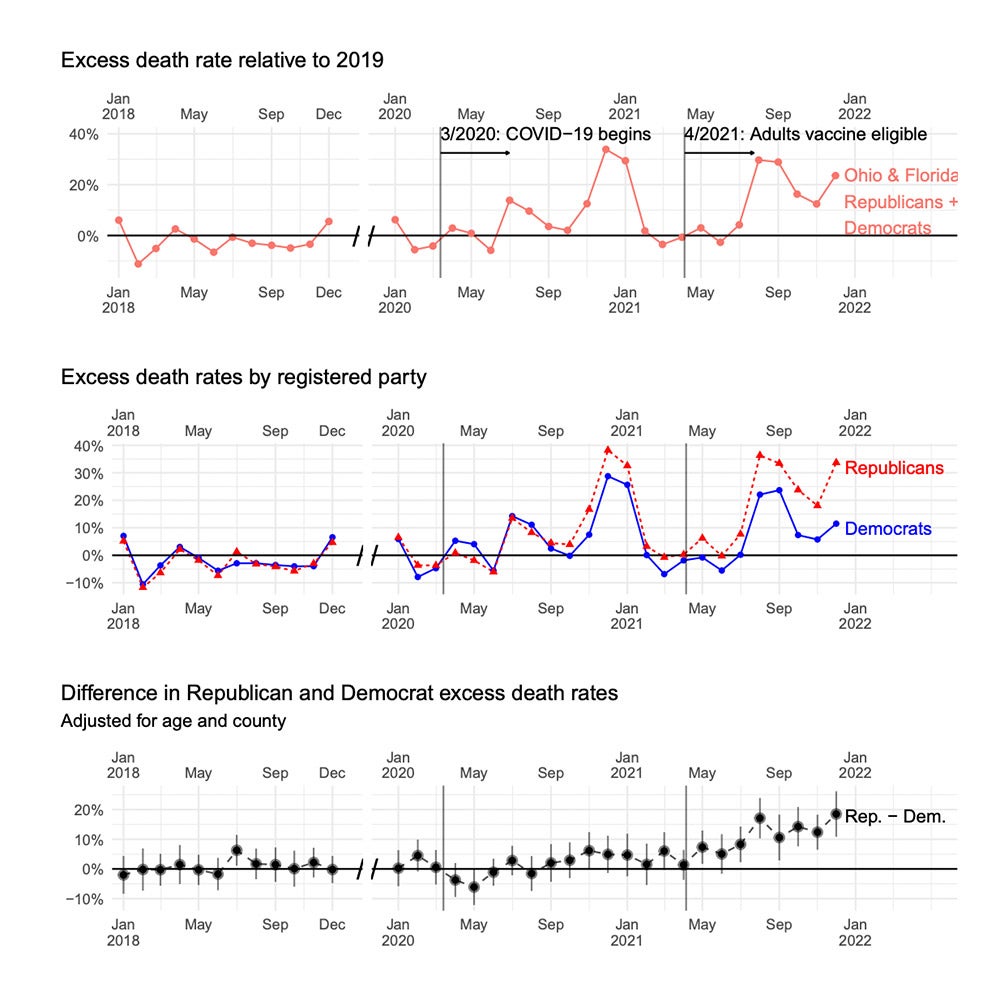
Crucially, the graphs also show the gap between Democrats and Republicans turned noticeable only after vaccines became widely available. In other words, absent the vaccines, the effect of partisan ideology was not very large. But once people could choose to protect themselves with a shot, Republican and Democratic outcomes diverged.
Before vaccine availability, excess deaths are similar for Democrats and Republicans. After vaccines become available, the two groups separate: The excess death rate gap between Republicans and Democrats increases from 1.6 percentage points to 10.4 percentage points.
The paper does have a few limitations. First, it’s still a draft that has yet to go through peer review. However, NBER working papers tend to be high-quality, and absent some glaring data error, it’s hard to see the key findings being reversed. Second, it only uses data from two states, Florida and Ohio; in theory, it is possible that death patterns in the rest of the country are different (though it’s not immediately obvious why that would be the case).
Most crucially, the study also does not include data on whether individuals who died were vaccinated. As a result, the authors cannot quite prove beyond any shadow of a doubt that COVID was deadlier for Republicans specifically because fewer of them chose to be inoculated against it.
But, combined with what we know from other sources, the paper certainly points very, very strongly toward that conclusion. After all, why else would the death gap between Democrats and Republicans only have opened up after vaccines became available to the public? Notably, in counties with the very highest vaccination rates, the study’s authors find almost no difference in excess deaths between Republicans and Democrats. One plausible, if ever so slightly speculative, interpretation of this finding is that in places where conservatives acted more like liberals and actually got their shots, they were less likely to die.
As the authors write, their overall “results suggest that the well-documented differences in vaccination attitudes and reported uptake between Republicans and Democrats have already had serious consequences for the severity and trajectory of the pandemic in the United States.” [more]
A Study Finally Shows Just How Much Deadlier COVID Has Been for Republicans
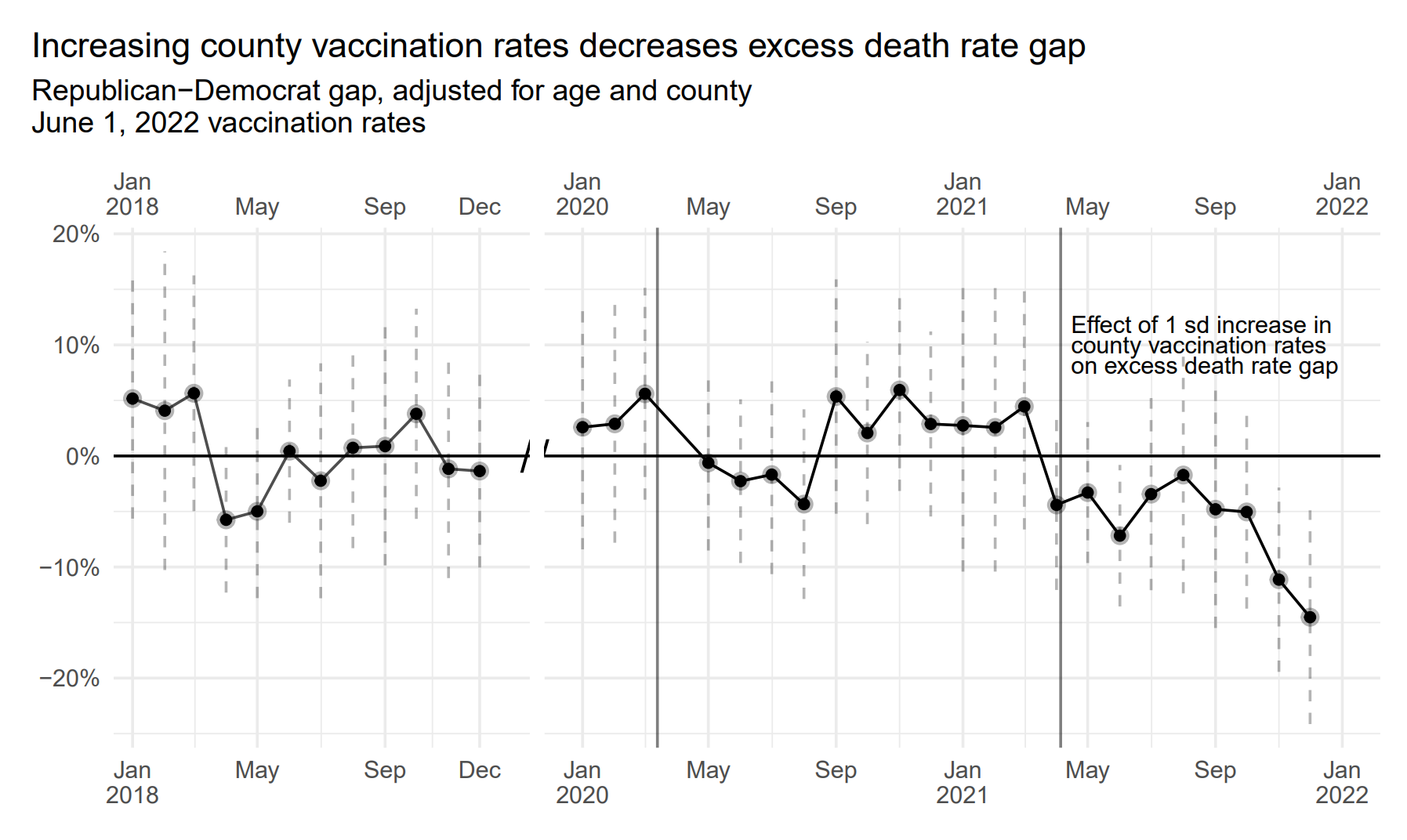
the county-level vaccination rate (roughly 10 percent) on the Republican-Democrat monthly excess death rate gap in Florida and Ohio. The coefficients regression adjust for year-month by-age-bin-by-county differences. The error bars report the 95% confidence interval. Graphic: Wallace, et al., 2022
Excess death rates for Republicans and Democrats during the COVID-19 pandemic
ABSTRACT: Political affiliation has emerged as a potential risk factor for COVID-19, amid evidence that Republican-leaning counties have had higher COVID-19 death rates than Democrat-leaning counties and evidence of a link between political party affiliation and vaccination views. This study constructs an individual-level dataset with political affiliation and excess death rates during the COVID-19 pandemic via a linkage of 2017 voter registration in Ohio and Florida to mortality data from 2018 to 2021. We estimate substantially higher excess death rates for registered Republicans when compared to registered Democrats, with almost all of the difference concentrated in the period after vaccines were widely available in our study states. Overall, the excess death rate for Republicans was 5.4 percentage points (pp), or 76%, higher than the excess death rate for Democrats. Post-vaccines, the excess death rate gap between Republicans and Democrats widened from 1.6 pp (22% of the Democrat excess death rate) to 10.4 pp (153% of the Democrat excess death rate). The gap in excess death rates between Republicans and Democrats is concentrated in counties with low vaccination rates and only materializes after vaccines became widely available.
Excess death rates for Republicans and Democrats during the COVID-19 pandemic
